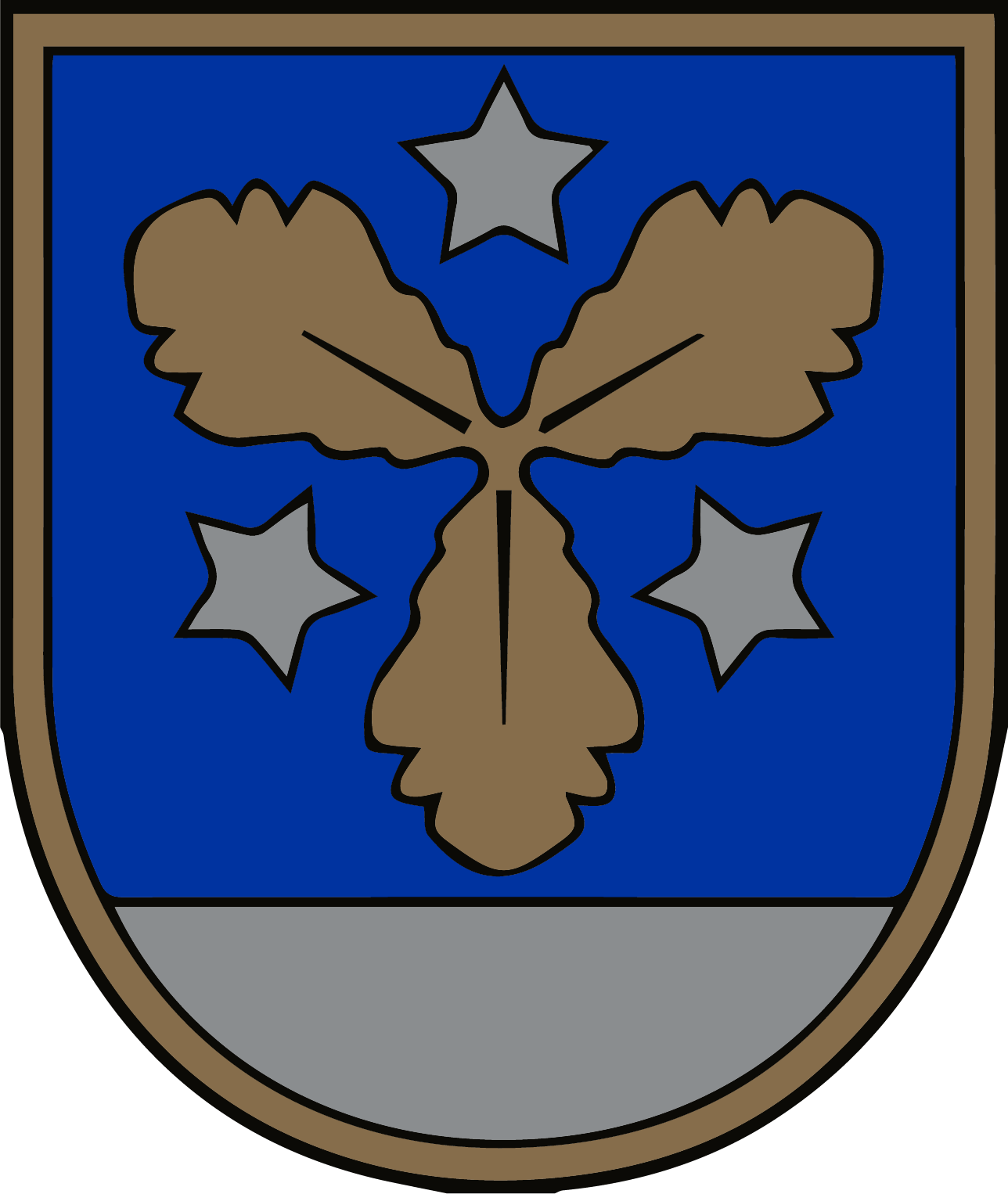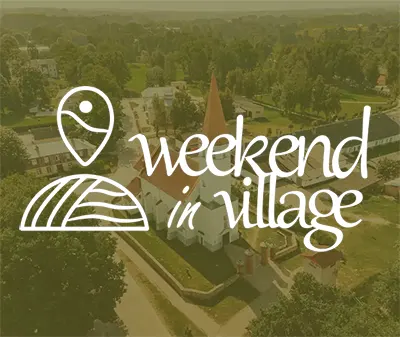(Audio Guide) Geology of the Daugava River Valley and Geological values
13.06.2022The geological and geomorphological studies, which focus on the evolution of the Earth, its structure, landforms, and their processes, provide an insight into the evolution and appearance of the ancient Daugava valley before the flooding.
In the section between Pļaviņas and Aizkraukle, the ancient valley had several terraces with steep dolomite precipices with a height of approximately 30 m. Near Aizkraukle, the Daugava River had several bends, such as the Rika Bend, the Glemži Bend, and the Miemēni Bend, where the large dam of the Pļaviņas Hydroelectric Power Plant is currently located. Across the town, the banks of the river were lower, with a large floodplain, creating amazing terraces.
Geological excavations in the area of the dam of the Pļaviņas Hydroelectric Power Plant revealed that the ancient canyon extends deeper than 20 – 40 m below current sea level. As the glaciers melted, clay and loamy sand were carried to the Daugava valley, covered with a thick layer of stony loam, massive dolomite blocks, and boulders of several tens of meters near the town of Aizkraukle.
The huge water-reservoir as we see it today reminds us of the lost treasure that used to form part of the amazing landscape and is now seen only in paintings, photographs, and chronicles of the cinema, such as the Loreley Rock, the Devil’s Whirlpool, the hillfort Oliņkalns, the spring Liepavots, the cliff Staburags, and other sites.
Nowadays, when going on a rowboat, raft, or tour boat, one can observe the former cliffs with the height of up to 4 m on both sides of the Daugava River.
Some geological values can still be seen in the section between Pļaviņas and Skrīveri, including the Nature Park of Daugava River Valley below the dam of the Pļaviņas Hydroelectric Power Plant, stretching from the town of Aizkraukle to Skrīveri, which is the only natural section of the Daugava River Valley that has remained untouched during the construction of hydroelectric power plants and the boundaries of which have been preserved by all terraces formed by the river. Worth mentioning is the fact that the park is included in the network of nature protection areas in the territory of the European Union – Natura 2000.
The treasure of the banks of the Daugava River is, however, the solid bedrock – dolomite, limestone, and other sediments. One of the natural geological monuments – the Cepļi dolomite outcrop consisting of two larger outcrops and a series of several smaller dolomite outcrops, spring fens, and springs – is located near the farmstead “Cepļi” in the Aizkraukle Rural Area, in the amphitheatre of the open-air concert hall.
Another significant geological site in the territory of the Aizkraukle Region is the so-called Raven Rock (in the Klintaine Rural Area), which is formed by Devonian marine deposits, more specifically, dolomites that include fossil remains and interesting mineral formations.
Unusual and interesting are also the dry riverbeds and sinkholes of tributaries of smaller rivers, as well as underground rivers. The rivers flow and suddenly disappear, leaving behind only a dry riverbed, which is also the case for the Klintaine and Rīteri dry riverbeds and sinkholes, as well as the Korkuļi dry riverbed and underground river. The small rivers disappear, wound their way through the large network of underground dolomite fissures, and reappear on the surface in form of streams or silently flow into the hydroelectric reservoir.
 The project "Use of unique geological and geomorphological nature values in the development of green educational tourism" (LLI-483, GEOTOUR) is implemented under the Interreg V-A Latvia-Lithuania Cross-border Cooperation Programme 2014-2020.
The project "Use of unique geological and geomorphological nature values in the development of green educational tourism" (LLI-483, GEOTOUR) is implemented under the Interreg V-A Latvia-Lithuania Cross-border Cooperation Programme 2014-2020.
The objectives of the project are to create a sustainable and educational tourism offer, to increase the flow of visitors to the regions, to improve knowledge and understanding of the unique natural values.
Total project funding: EUR 649 972.15 (including ERDF funding - EUR 552 476.31), Aizkraukle municipality funding - EUR 165 913.42, of which ERDF funding - EUR 141 026.40 and municipal co-financing - EUR 24 887.02.
Information on the Interreg V-A Latvia-Lithuania Cross-Border Cooperation Programme 2014-2020 http://www.latlit.eu,
Official website of the European Union http://europa.eu/
This publication has been produced with the financial support of the European Union.
The content of this publication is the sole responsibility of Aizkraukle Municipality and can under no circumstances be regarded as an official position of the European Union.
Link to the municipality's website about the project LLI-483 “Unikālu ģeoloģisko un ģeomorfoloģisko dabas vērtību izmantošana zaļā izzinošā tūrisma attīstībā'' | Aizkraukles novada pašvaldība
- Aizkraukle municipality and Koknese Tourism Information centre
1905. gada iela 7, Koknese
(+371) 29275412, (+371) 65161296 - Aizkraukle Tourism Information point
Lāčplēša iela 4, Aizkraukle
(+371) 25727419 - Jaunjelgava Tourism Information point
Jelgavas iela 33, Jaunjelgava
(+371) 27366222 - Pļavinas Tourism Information point
Daugavas iela 49, Pļaviņas
(+371) 22000981 - Skrīveri Tourism Information Point
Daugavas iela 85, Skrīveri, Skrīveru pagasts
(+371) 25661983 - Staburags Tourism Information point
Staburaga saieta nams, 2. stāvs, Staburags, Staburaga pagasts
(+371) 29892925 - Nereta Tourism Information point
Dzirnavu iela 5, Nereta, Neretas pagasts
(+371) 26674300 - Mazzalve Tourism Information point
Skolas iela 1, Ērberģe, Mazzalves pagasts
(+371) 26156535 - Irši Manor Barn - Magazina
Irši, Iršu pagasts
(+371) 29275412






